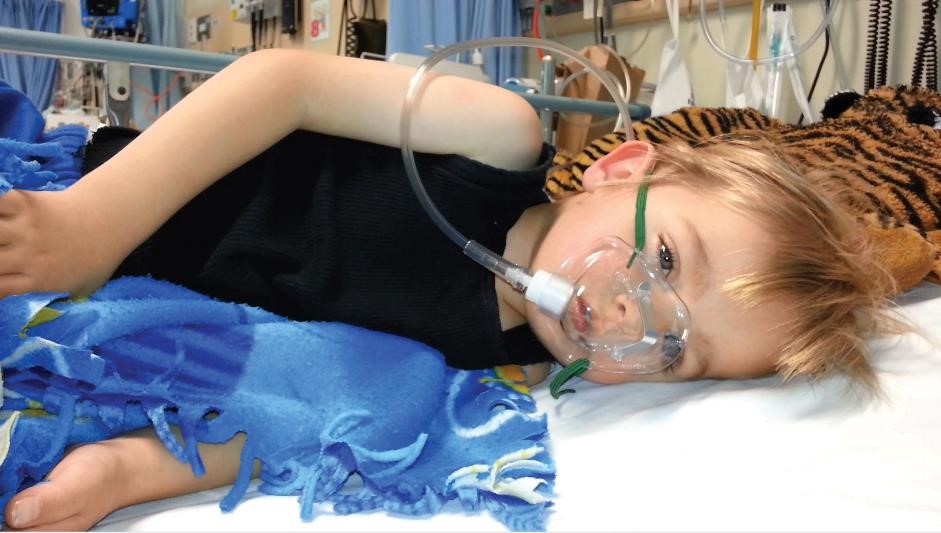Search
Research
Long-term derangement of antigen presenting cell populations in the respiratory tract following Influenza A infectionThis project investigates how different populations of cells within the respiratory tract immune system are altered during a viral infection.

News & Events
WA researchers lead global centre to eliminate childhood asthmaAn ambitious project that could stop children developing asthma is the centrepiece of a new world-class respiratory research centre launched in Perth.

News & Events
ORIGINS Project shines light on Early Childhood DevelopmentA collaboration between The Kids Research Institute Australia and Joondalup Health Campus is poised to be a game-changer for early childhood development.

News & Events
New lease on life for DartanyonTwo years on, Michelle and Dartanyon’s health and quality of life have significantly improved. We caught up with Michelle to hear about their journey since we first met them.
News & Events
Childhood asthma targeted in new researchNew research aimed at reducing the airway damage caused by asthma attacks in children has just begun at The Kids for Child Health Research in WA.

News & Events
Perth researchers test stress link to asthmaScientists at The Kids for Child Health Research have launched an innovative project to test the relationship between stress and asthma.
Research
Viral infections and atopy in asthma pathogenesis: New rationales for asthma prevention and treatmentProspective birth cohort studies tracking asthma initiation and consolidation in community cohorts have identified viral infections occurring against a...
Research
Vitamin D 3 deficiency enhances allergen-induced lymphocyte responses in a mouse model of allergic airway diseaseIn this study, using a mouse model, we determined whether vitamin D deficiency in utero and during early life modulated the severity of asthma.
Research
Severity and persistence of asthma and mental health: a birth cohort studyThe goal of the current study was to investigate asthma and mental health among youth in the community.
Research
Regulatory role of IL10 genetic variations in determining allergen-induced TH2 cytokine responses in childrenInterleukin-10 is a key immunomodulatory cytokine the principal function of which is to limit the magnitude of immune response.
